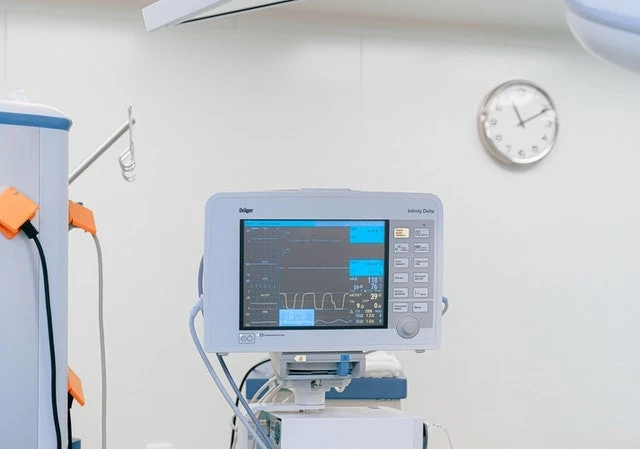When Does an App Become a Medical Device? An Interview with Rob Higgins, Regulatory Affairs Manager, MHRA
Add bookmarkIn this exclusive Pharma IQ interview Rob Higgins, Regulatory Affairs Manager for the Medicines and Healthcare Products Regulatory Agency (MHRA), discusses the implications of medical device regulation on app development and when an app becomes a medical device. Higgins also touches on the ways in vitro diagnostic (IVD) regulation intersects with healthcare apps, ahead of the Healthcare Apps Summit.
Pharma IQ: How can healthcare and pharmaceutical companies best engage with the MHRA to ensure their app is compliant?
R Higgins: We don't actually get involved with the pre-market approval of apps at all. I can only talk with regards to the medical devices side but basically there are regulations laid down in the medical devices regulations which cover all types of medical devices and basically MHRA doesn't get involved at all pre-market with regard to apps.
Pharma IQ: What are the important regulations which pharma and healthcare must bear in mind when developing an app?
R Higgins: I can't comment on pharma as I only work on the medical devices side. I don't think there are any particular apps for pharma which need to meet any specific regulation as such. With regard to medical devices, the regulations are the Medical Devices Regulations 2002, and they basically transpose the three European medical devices directives; the first being the Active Implantable Medical Devices Directive, the second one being the Medical Devices Directive and the third one being the In Vitro Diagnostic Medical Devices Directive. So, they were all brought into force in the 1990s, early 2000s.
Pharma IQ: When does an app become a medical device?
R Higgins: Basically an app becomes a medical device when it's going to actually affect patient treatment. Say you receive some information or you actually add information to an app and basically what actually comes out of it is going to affect the patient treatment of an individual person and that will normally mean that the app falls within the scope of one of the medical devices regulations.
If it's actually going to affect patient treatment, then that's at the point where it becomes a medical device. So, for example, it might work out you put in some data and the result that comes out with the software might be, for example, a dose of medication that's needed for that particular patient. Based on the information that's been input into the app, it comes out with an output which indicates the dose of medication that should actually be applied to that patient.
Pharma IQ: What implications does the medical device regulation have on app development?
R Higgins: The medical devices regulations are fairly generic. We're talking probably about 500,000 plus different types of medical devices. So, it's covering everything from things like spectacles, contact lenses, dental filling materials, all the orthopaedic implants, diagnostic equipment such as ECG, CT scanners, x-rays, cardiovascular implants.
The medical devices directives cover an enormously wide range of products, so apps are only within a small minority. So, the requirements have been written for every type of device, so there is nothing specific in the regulations with regard to apps because, obviously, they're just one type of medical device and there's no specific requirement for apps as such. They have to meet the general requirements which is stated in the medical devices directives.
Pharma IQ: In what way does IVD, in vitro diagnostic, regulation intersect with healthcare apps?
R Higgins: Yes, there is a little bit of work going on in this area. So, for example, if you're actually punching in data from a test that's been carried out. For example, a typical example of software that's used to diagnose anything is putting in data that's coming out of an in vitro diagnostic test for, for example, Down's Syndrome tests and putting in the data that the app could actually calculate the risk of actually having a Downs Syndrome baby. So, basically there are test results which you would put into an app and basically the logarithm would work out the possibility of actually having a particular disease or not based on the calculations made by the app.
Pharma IQ: What are your main takeaways, from the MHRA's perspective, on the development of healthcare apps?
R Higgins: The main issue from our perspective is that the number and variety of apps is absolutely huge, it's becoming a vast market now. The numbers are actually increasing dramatically all the time. I think our main concern is that manufacturers of apps or, I should say, designers of apps aren't particularly aware of the medical devices directives and basically probably aren't aware of the directive and don't necessarily follow the requirements.
So, I think we just don't have the resources to police all the numerous apps that are out there. So, I think our main concerns within the MHRA is there's lots of apps out there that probably should meet the requirements of medical devices directives but people who are actually designing them aren't actually aware of the requirements.



















